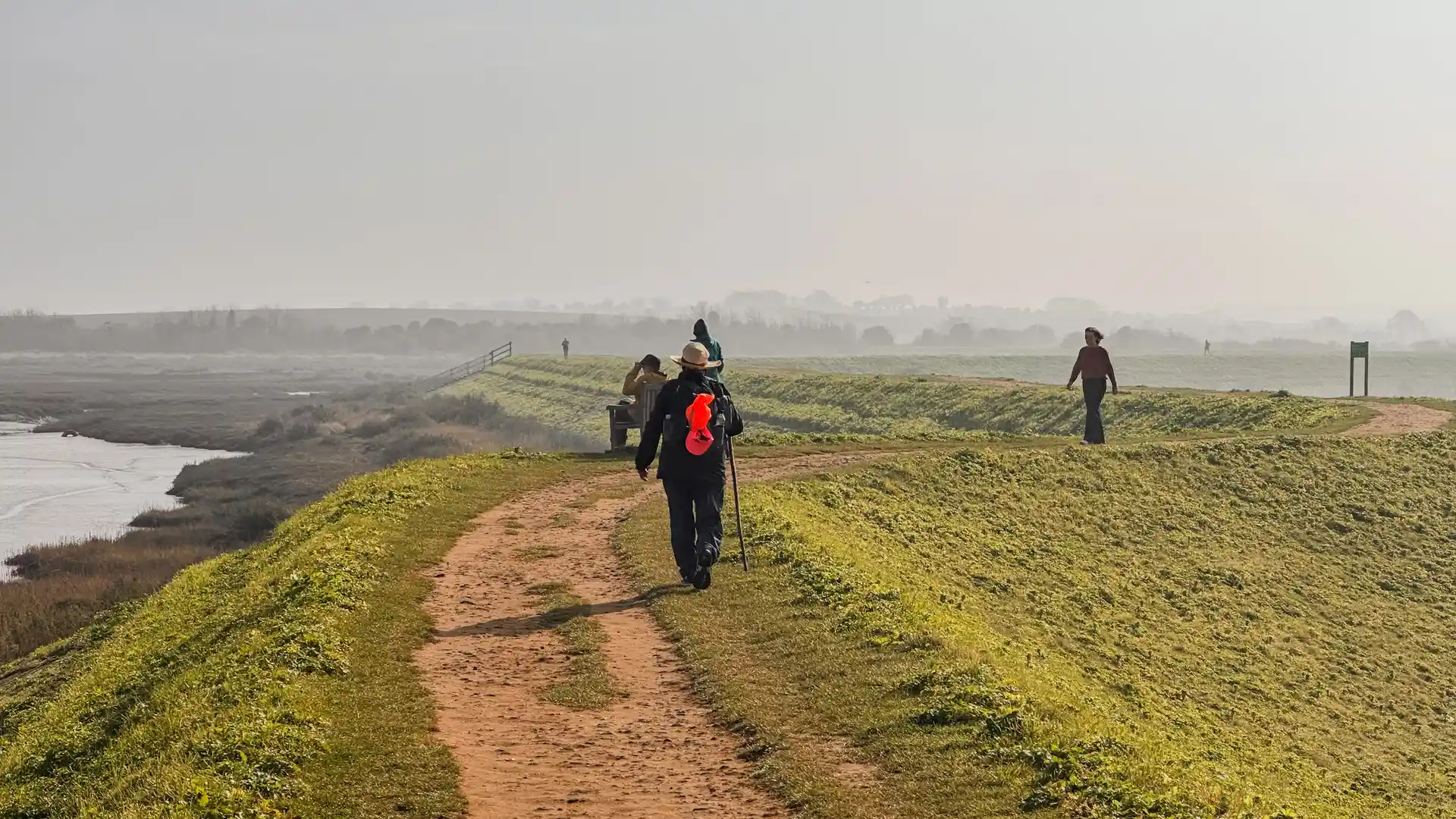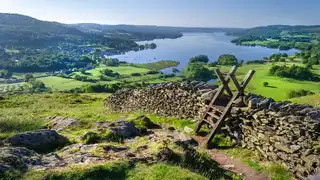
Thank you! Your submission has been received!
Oops! Something went wrong while submitting the form.

The Norfolk Coast Path is an 84-mile (135 km) National Trail running from Hunstanton to Hopton-on-Sea, tracing tidal creeks, pinewoods, beaches, and dunes through the Norfolk Coast National Landscape. Perfect for walking holidays and outdoor adventures, it links fishing villages, wildlife reserves, and classic seaside towns with easy, well-marked coastal walking.
The route also connects with the Peddars Way at Holme-next-the-Sea, creating one of England’s most iconic long-distance combinations — a journey from ancient Roman road to wide-open shoreline. For self-guided walkers planning multi-day trips, this pairing offers exceptional variety: inland heath, rural farmland, and the full sweep of the Norfolk coast.
From Wells-next-the-Sea, Blakeney, and Cromer to Mundesley, Sea Palling, and Winterton-on-Sea, each stage brings new scenery and a strong sense of Norfolk’s big-sky coastal character.
Distance: 84 miles / 135 km
Start Point: Hunstanton, Norfolk
End Point: Hopton-on-Sea, Norfolk
Time Required: 6–8 days
Waymarking: Acorn symbol (National Trail)
Terrain: Saltmarsh, dunes, beaches, low cliffs, tidal creeks, coastal villages
Difficulty: Easy — flat, well-marked, suitable for most walkers
Begin at Hunstanton’s famous striped cliffs before weaving through Holme-next-the-Sea, where the trail meets the Peddars Way. Continue through Thornham and Brancaster, following sandy paths beside creeks, dunes, and broad saltmarsh.
Beyond Burnham Overy Staithe, the coastline opens into one of England’s most cinematic landscapes — the sweeping sands of Holkham, the pinewoods behind Wells beach, and vast tidal flats alive with wading birds.
Through Blakeney, Morston, and Cley-next-the-Sea, the path skirts nature reserves famous for birdlife and seal colonies. Around Sheringham and Cromer, the scenery shifts to low cliffs, sandy bays, and lively coastal towns.
Head east through Mundesley and Sea Palling, where long beaches, dunes, and rolling farmland lead toward the quieter landscapes of Winterton-on-Sea. Finish at Hopton, close to the Suffolk border and the start of the Suffolk Coast Path.
The Norfolk Coast Path offers abundant accommodation for self-guided walkers — from coastal inns and characterful B&Bs to quiet cottages and nature-focused stays. Popular bases include Wells-next-the-Sea, Cley, Blakeney, and Cromer, while smaller spots like Brancaster Staithe, Mundesley, and Winterton-on-Sea provide peaceful alternatives.
Off the trail, explore Titchwell Marsh or Cley Marshes for birdwatching, take a seal boat trip from Blakeney, visit Holkham Hall, or enjoy forest walks at Holkham Pines.

